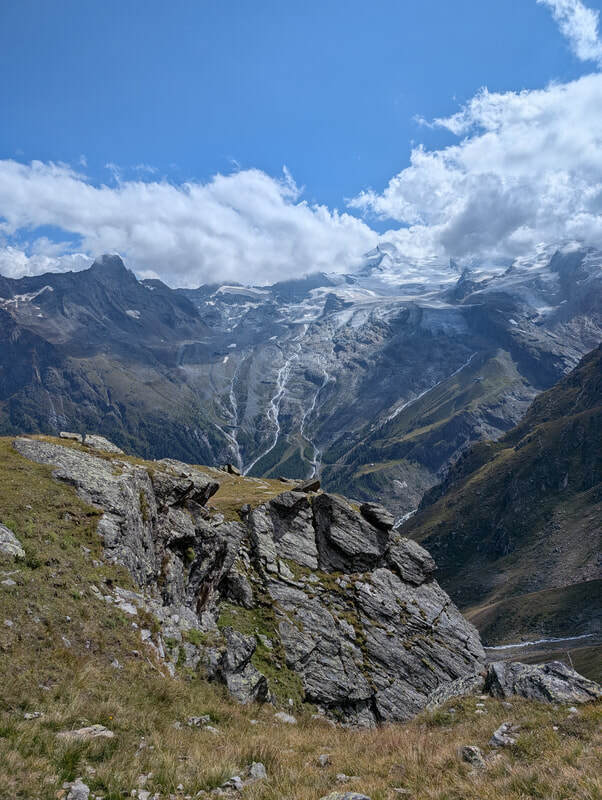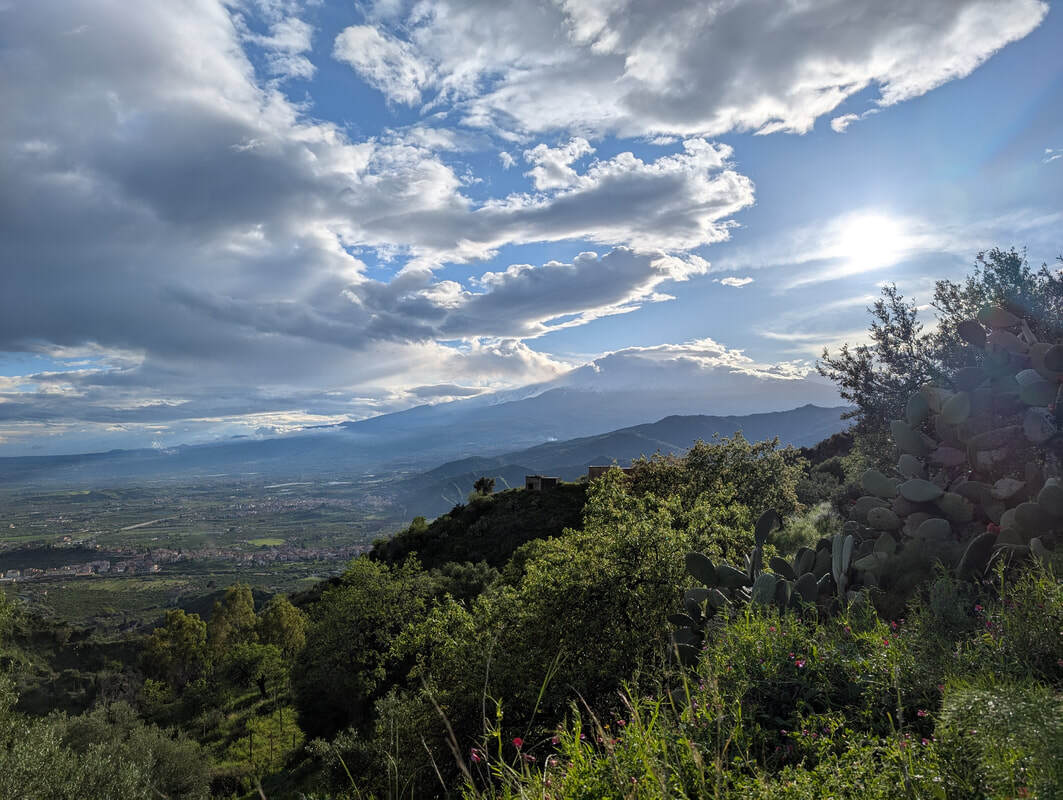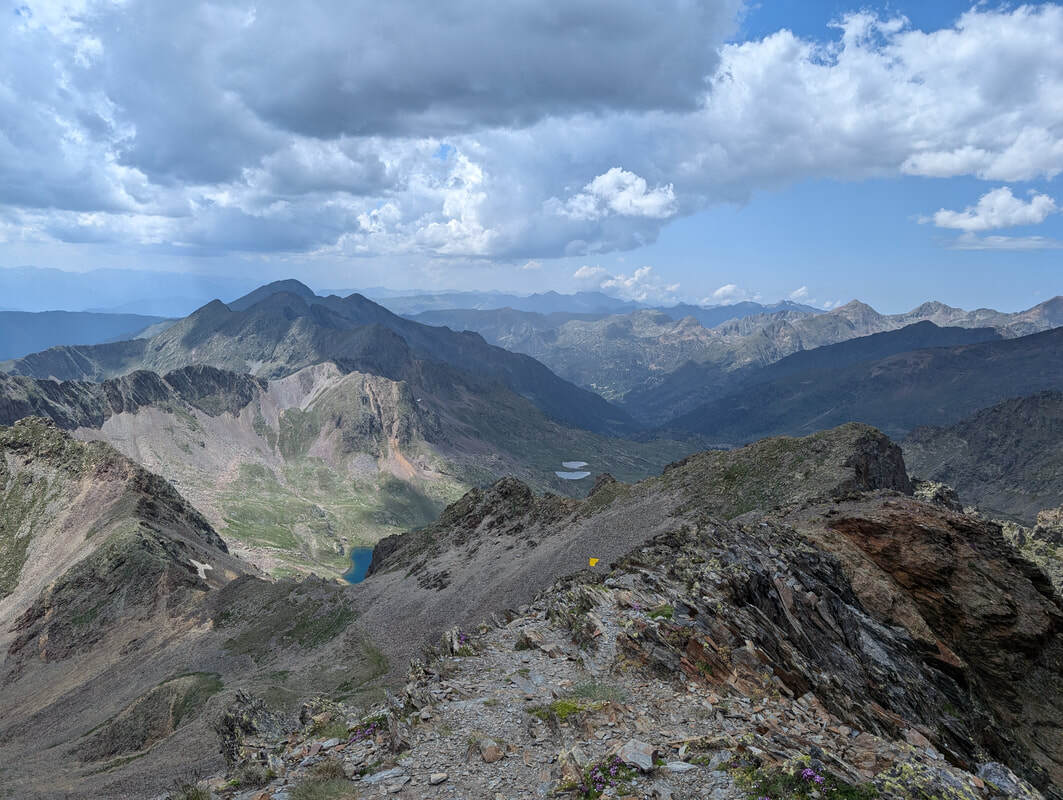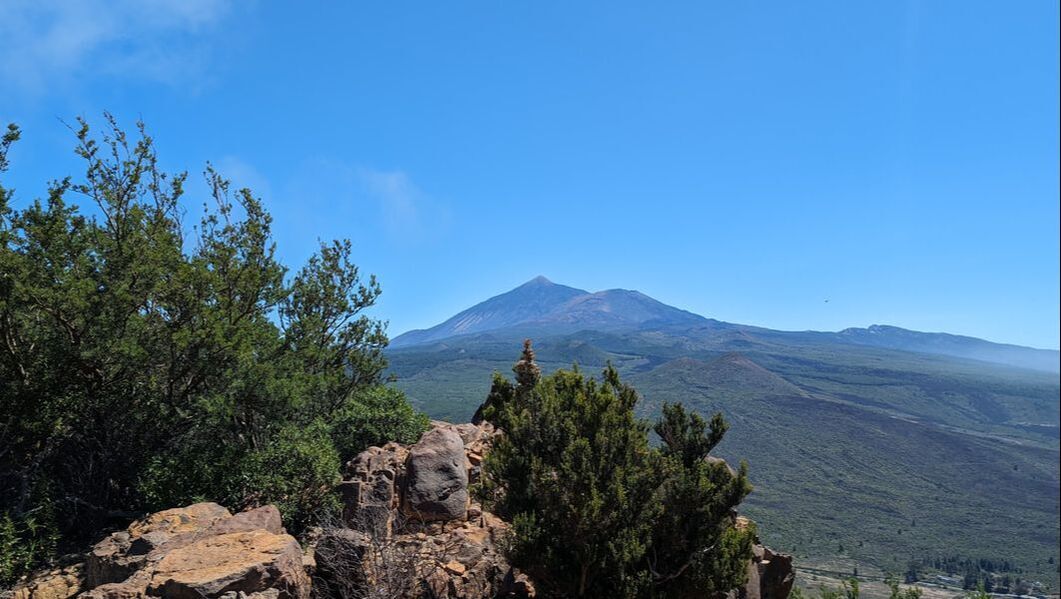Overall rating: ★★★★★
Difficulty: ★★★★☆- Physically not too difficult, provided you're acclimatised. Difficulty mainly comes from glaciated terrain and the skills necessary to navigate this safely. (Alpine grade F+.)
Start point: Mittelallalin
Distance: 6km
Elevation: 600m
Time: Approx. 4 hours
Gear needed: Full alpine gear - ice axe, crampons, helmet, rope
Need to know: Saying an easy 4,000m peak is a bit misleading - it's not easy compared to your average mountain walk but it's easy up against the likes of the Matterhorn in the 4,000m class.
The Allalinhorn isn’t exactly a famous name outside of climbing circles – I hadn’t heard of it before booking a trip to Saas Fee. It doesn’t have the looks of the Matterhorn or the legendary status of Mont Blanc, but what it does have is a reputation as one of the more “friendly” 4,000m peaks in the Alps. The Alps have over eighty of these so-called “4,000ers” and, while most require long treks to refuges, tricky ridges or a painfully early alarm clock, the Allalinhorn is a little more forgiving for us mortals. Thanks to Saas Fee’s lift infrastructure, two separate cable cars followed by the MetroAlpin (the highest underground funicular in the world), you can be standing on a glacier with crampons and an ice axe in hand within an hour. All this infrastructure makes it feel almost like cheating, but we weren’t complaining.




